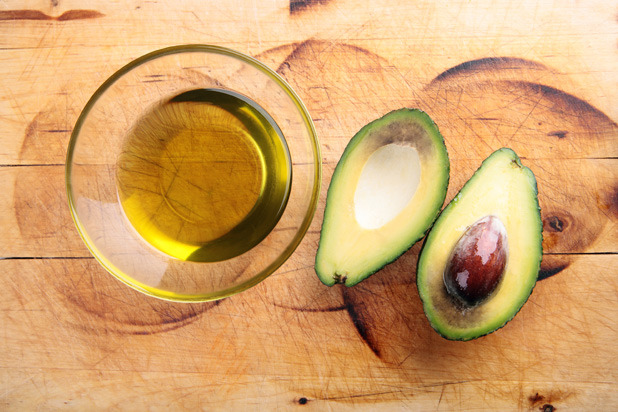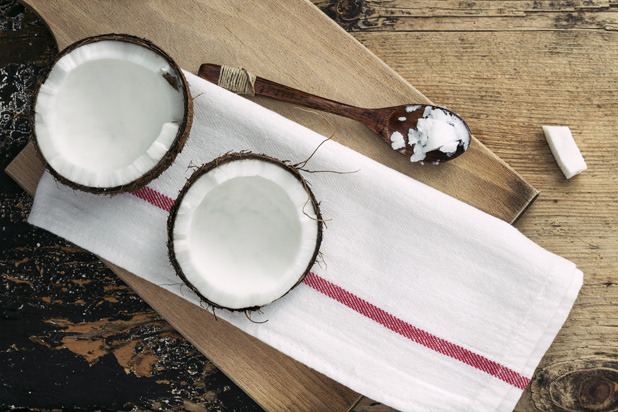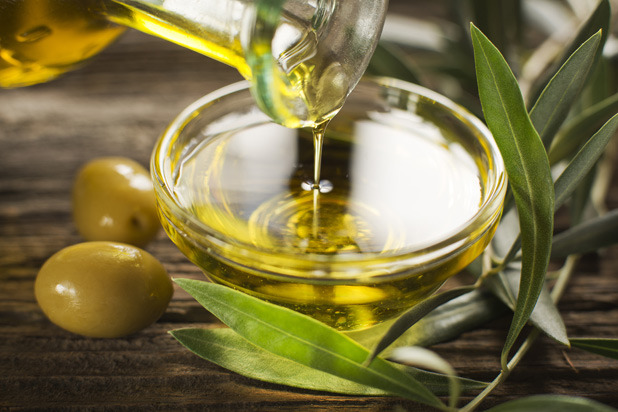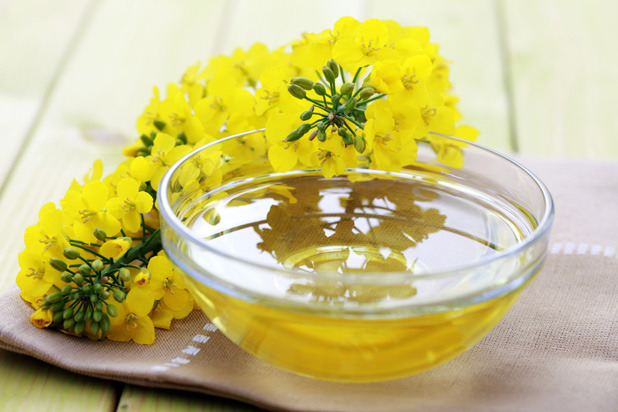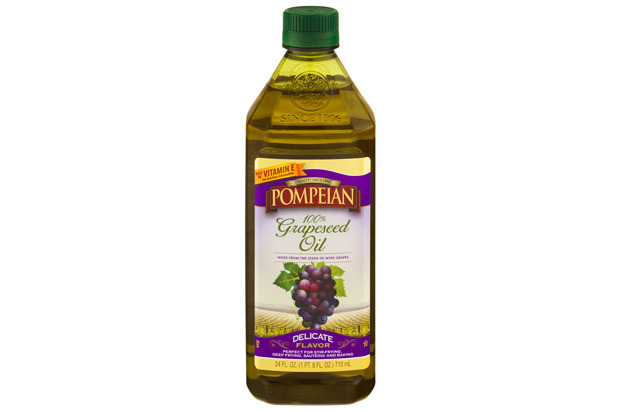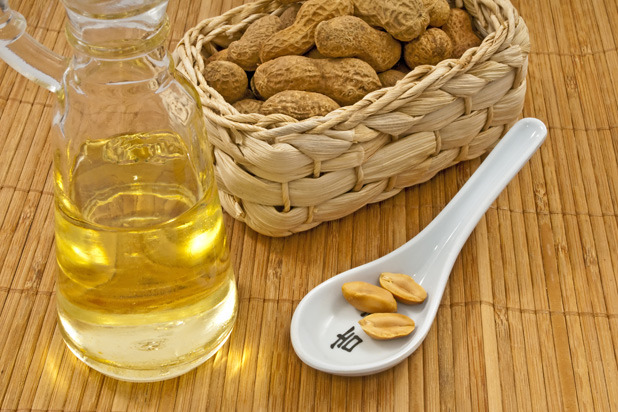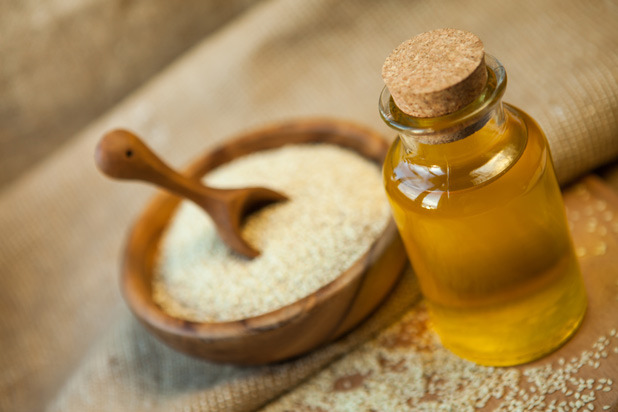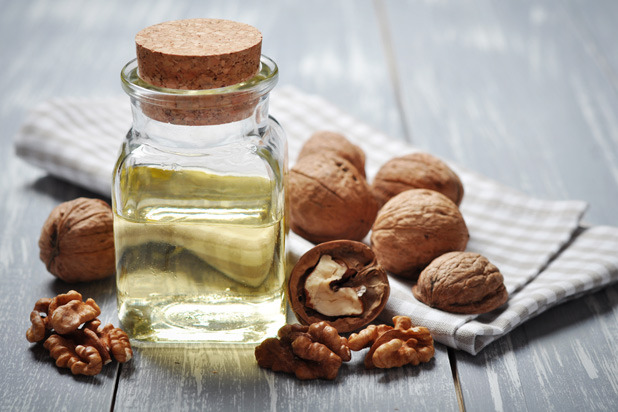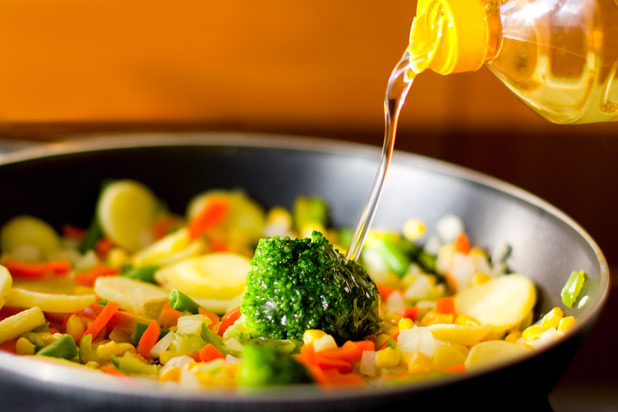Frying With Olive Oil And 8 Other Ways You're Misusing Oil (Slideshow)
With dozens of options in the grocery store, and new health claims being bandied about every day, choosing the right type of cooking oil can be tricky. Here, some simple guidelines for understanding the differences between the varieties and which oil to use when.
Using Unrefined Avocado Oil in Cooking
Avocado oil is pressed from the flesh of damaged avocado fruit that can't be sold as-is. Unrefined avocado oil has a nutty flavor and a green color; it should only be used in non-heat applications (think dressing or drizzling over steamed vegetables). On the other hand, refined avocado oil has very mild flavor, is almost clear in color, and has one of the highest smoke points, about 510 degrees F. Use refined avocado oil for all your cooking needs, from salad dressings to high-heat cooking, like stir-fries and frying.
Avoiding Coconut Oil
Coconut oil got a bad rap for being high in saturated fat, but is now widely considered one of the healthiest oils you can cook with. Coconut oil has no cholesterol, can help maintain a healthy immune system, and reduces the risk of clogged arteries. At room temperature it's a solid and makes a great vegan substitute for lard in baking.
Deep-Frying with Olive Oil
Olive oil has a relatively low smoke point and should not be used for high-heat cooking methods like stir-frying or deep-frying. The unrefined extra-virgin variety has a smoke point of 320 degrees F, while virgin olive oil has a smoke point of 420 degrees F. Olive oil is great for drizzling, salad dressing, and low- to medium-heat cooking like pan frying and sautéing.
Only Using Canola Oil for Deep-Frying
Canola oil has a smoke point of 425 degrees F, which makes it a good multi-purpose oil, including grilling, baking, and yes, deep-frying. Canola oil is often viewed as unhealthy, but it's packed with omega-3 fatty acids (which is great for your skin) and is lower in saturated fats than most other oil.
Forgetting About Grape Seed Oil
Grape seed oil is a byproduct of wine making. It has a smoke point of 390 degrees F, which makes grape seed oil ideal for high-heat cooking methods. Often overlooked for other varieties, grape seed oil is aromatic and flavorful, and can be used for everything from dipping to deep-frying.
Storing Peanut Oil in a Warm Place
Peanut oil can go rancid when stored in a warm place. Extend the shelf life of your peanut oil by storing it in a cool, dry place like a cabinet far from the oven or in the refrigerator. Peanut oil has a smoke point of 450 degrees F, which makes it ideal for high-heat cooking like stir-frying and deep-frying. It also has a neutral flavor and won't make all of your food taste like peanuts.
Thinking All Sesame Oil is the Same
There are two varieties of sesame oil. Light refined sesame oil is mild in flavor and has a smoke point of 410 degrees F, while toasted sesame oil has a more pronounced sesame flavor and a smoke point of 350 degrees F. Store sesame oil in glass jars in a cool place to extend the shelf life.
Using Old Walnut Oil
Walnut oil is a very nutty, expensive oil. Because it is made from pressed walnuts, the oil is extremely perishable and should be kept in the refrigerator. Use unrefined walnut oil as a finishing oil, as it has a low smoke point of 320 degrees F; drizzle on salads and toss with cooked pasta.
Vegetable Oil is Healthy Because it’s Made from Vegetables
According to a Canadian study, vegetable oil may increase your chance of heart disease. Vegetable oil is made from a blend of vegetable, nut, and seed oils. Most vegetable oils are mainly made from soybean oil. Vegetable oil's smoke point varies based on the ingredients, but it is usually from 400 to 450 degrees F.

